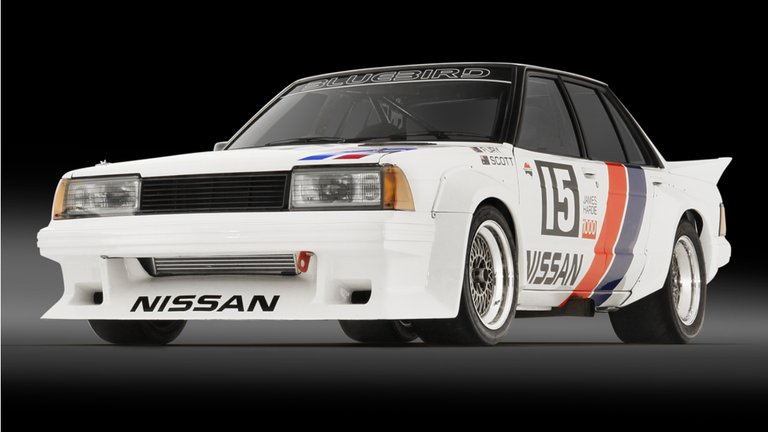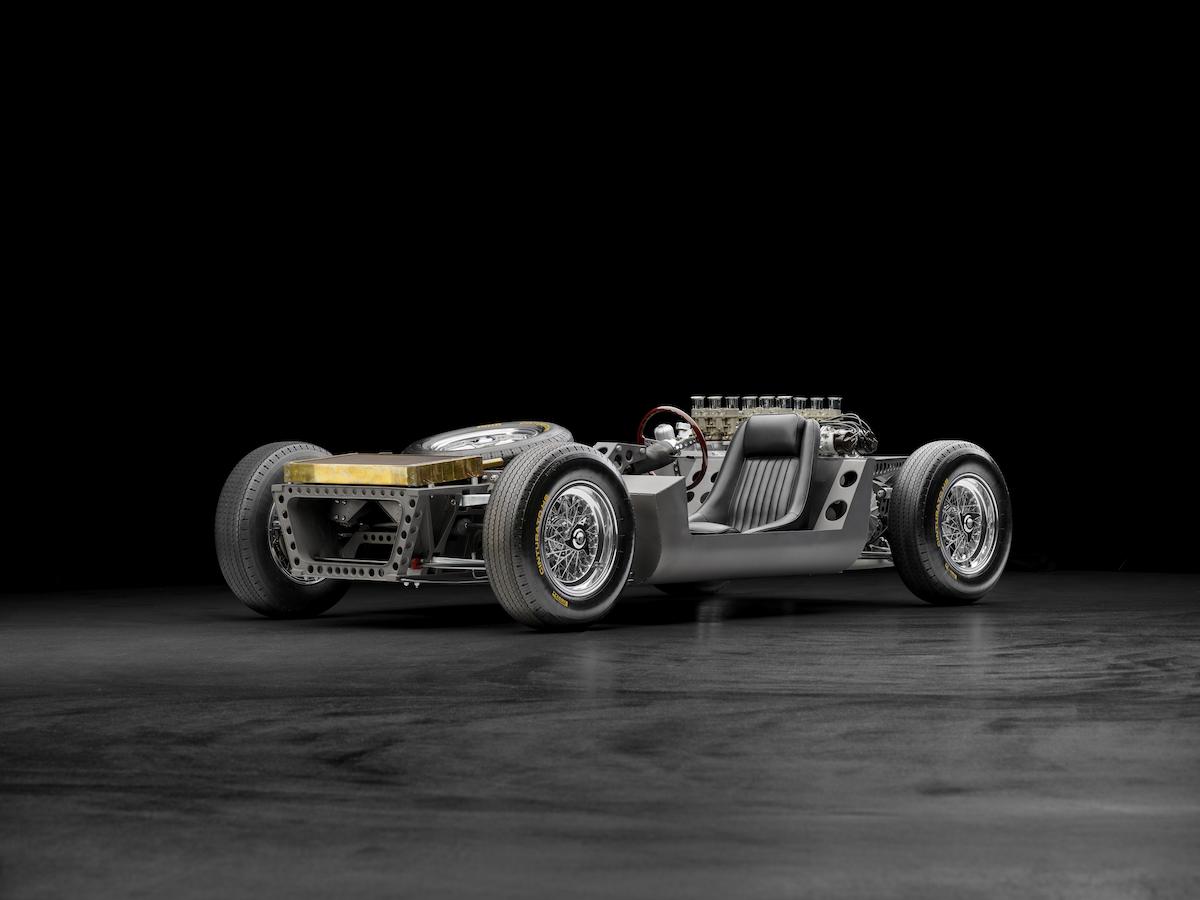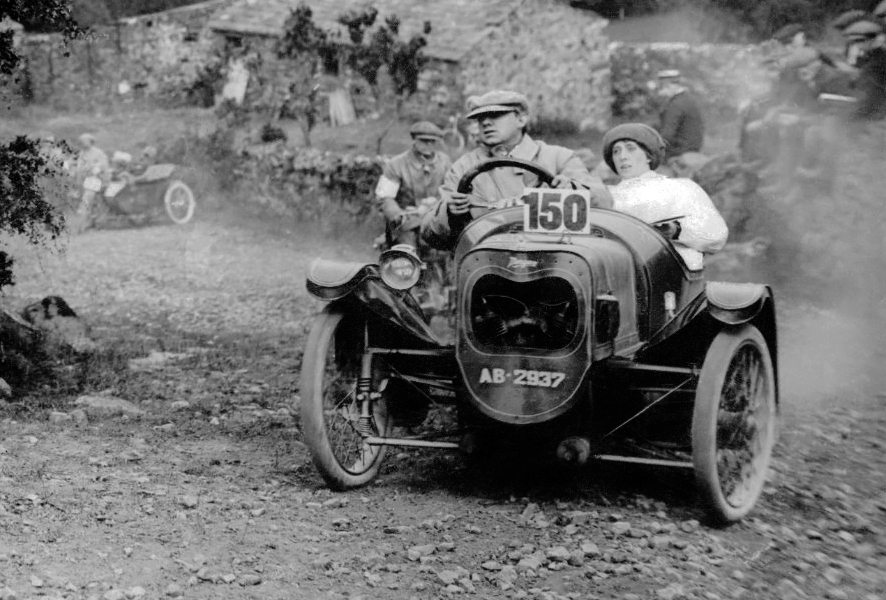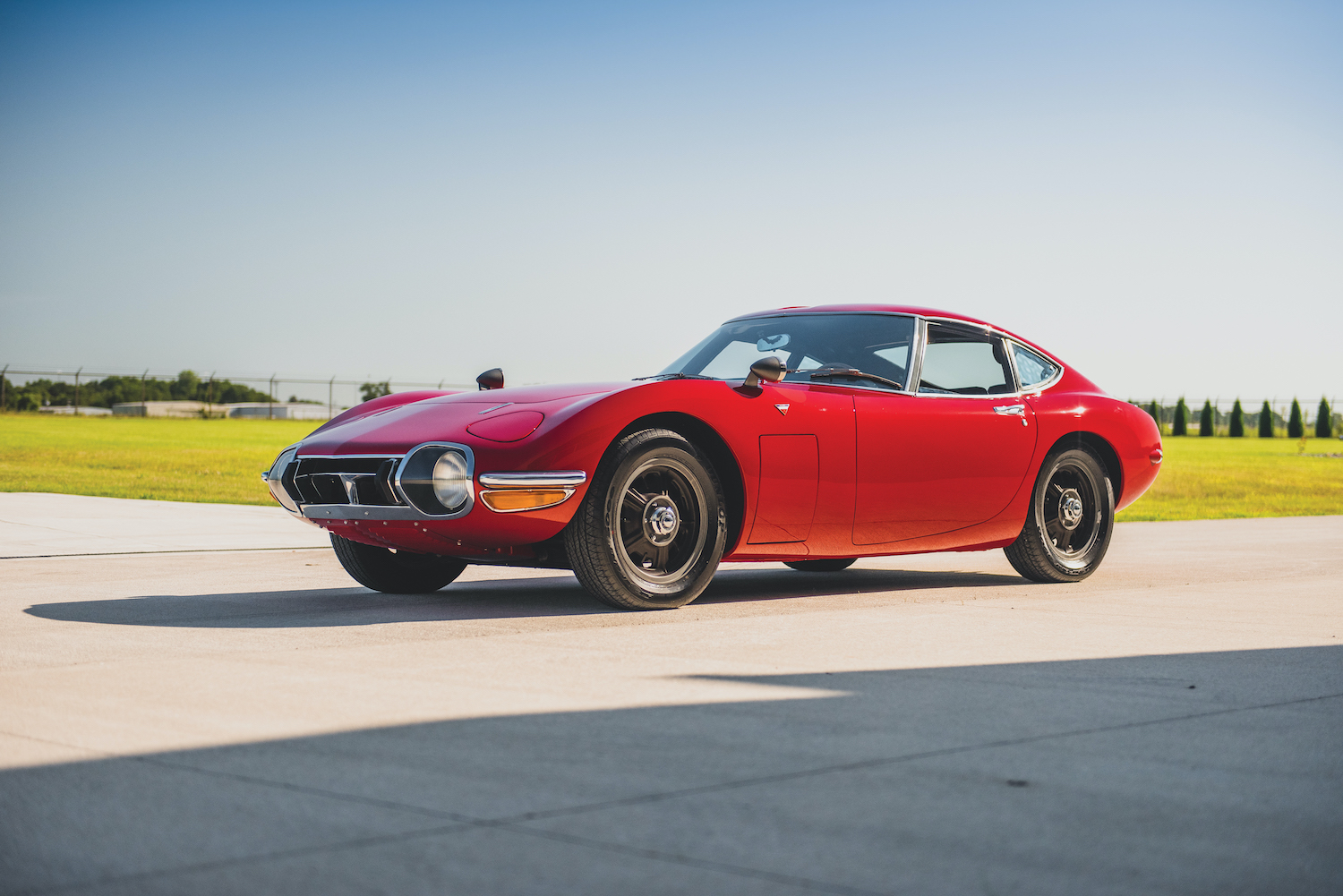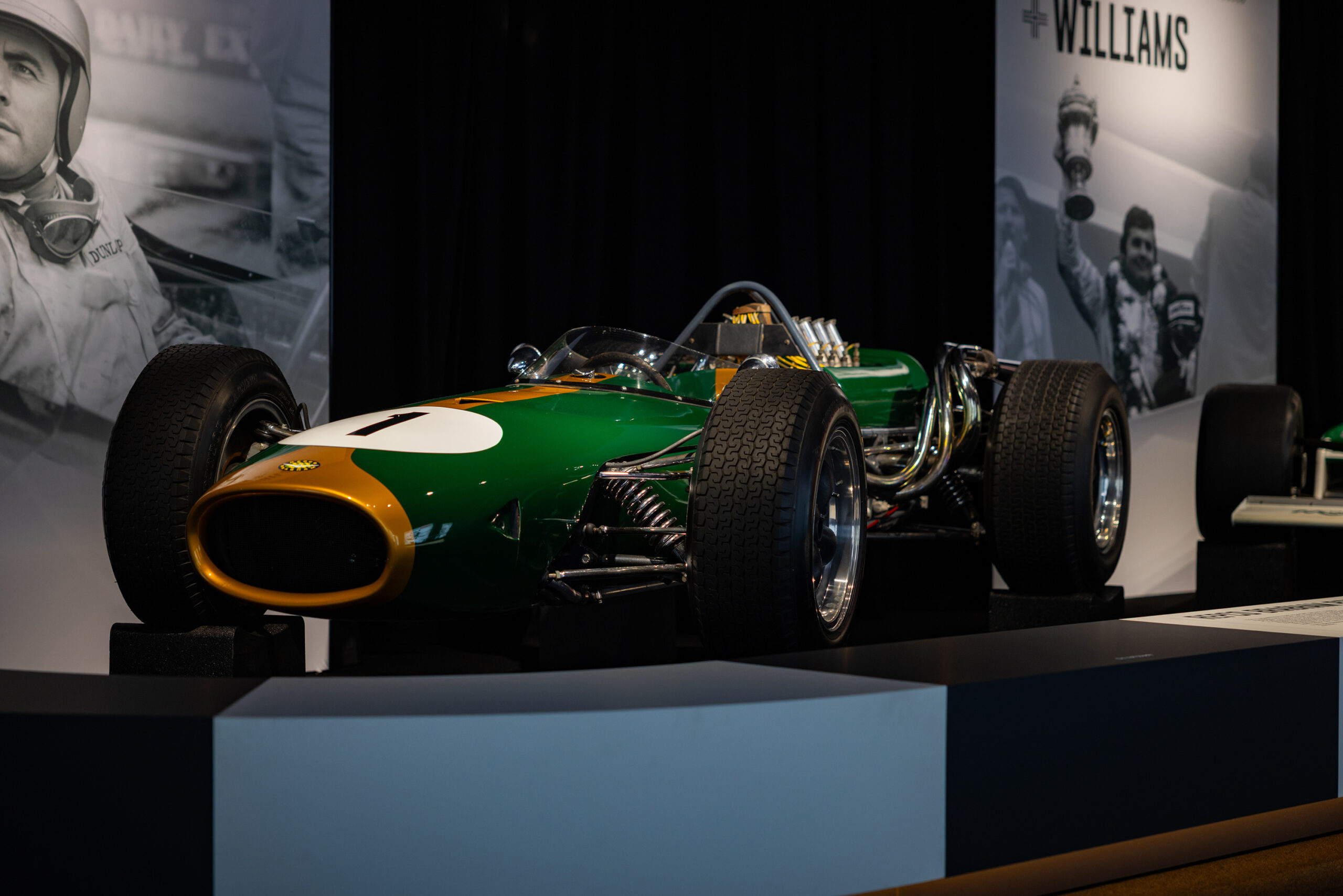Forty years ago, there was a changing of the guard at Bathurst. Since 1967 and the arrival of the Ford XR Falcon GT, every car that sat on pole position for The Great Race had had eight cylinders under the bonnet.
That changed on September 29, 1984, when George Fury wrestled the Nissan Bluebird Turbo around Mount Panorama in 2min13.85sec, securing the first ever pole position for a turbocharged car and the first ever for a Japanese manufacturer.
The Bluebird had been coming for a while. First appearing in 1981, it originally contended for under-3.0-litre class honours thanks to its 1.8-litre engine, but it quickly became apparent that with some development outright contention was a possibility.
Racing masterminds Fred Gibson and Howard Marsden were at the helm, so no stone was left unturned in turning the Bluebird into a V8-fighting weapon.
A key advantage was the Bluebird’s under-3.0-litre eligibility, which allowed it to run at just 1100kg. The team also claimed the Bluebird was based on the European model, facilitating the use of independent rear suspension.
As turbo understanding improved so did power outputs, though this subsequently made mincemeat of the rest of the drivetrain. Eventually, regulations were relaxed to allow the gearbox internals to come from Holinger, while differential experimentation led to a simple locked spool solution.
By 1982 the results were starting to appear. There was third place in the Bathurst Top 10 shootout and class honours in the race. By 1983 George Fury had fought his way to second in the ATCC and scored a front-row spot at Bathurst with a second in the Top 10 shootout.
For 1984, all the pieces of the puzzle finally fell into place. The day of the Top 10 Shootout was extremely cold, snow having fallen in the morning. By now the Bluebirds also had an illegal in-car boost adjuster, hidden first in the ashtray and later behind an oil pressure warning light, that would simply unscrew to reveal the adjuster.
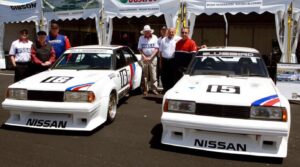
Sandown 2014 – Image: Facebook
In race trim, the Bluebird’s Z18 1.8-litre SOHC four-cylinder ingested around 23.5psi of boost to produce around 265kW, but for qualifying this increased to over 300kW thanks to 44psi of cold, dense mountain air.
It took every ounce of Fury’s rally championship-winning skill to tame so much grunt on a cold track, but the result was a momentous one for Nissan in what would be the Bluebird’s last competitive outing.
The switch to Group A for 1985 and then subsequent track changes in 1987 meant Fury’s time still stands as the fastest ever touring car lap around the original pre-Chase Mount Panorama circuit.
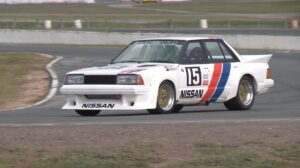
Pole at Bathurst in 1984 was the first for a Turbo car. Image: Nissan
Sadly, there was no fairytale finish. Initially, Fury got away cleanly to lead fellow front-rower Peter Brock into turn one, but behind them was chaos with multiple accidents blocking the track and causing a red flag.
On the restart the Bluebird bogged down and bunny hopped, slipping to fourth by the first turn, and from there its challenge was over. Peter Brock would go on to score the final win of the Group C era in the iconic dayglo VK Commodore, marking his eighth triumph at The Mountain.
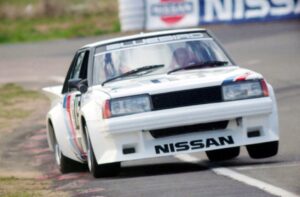
On the gas!

